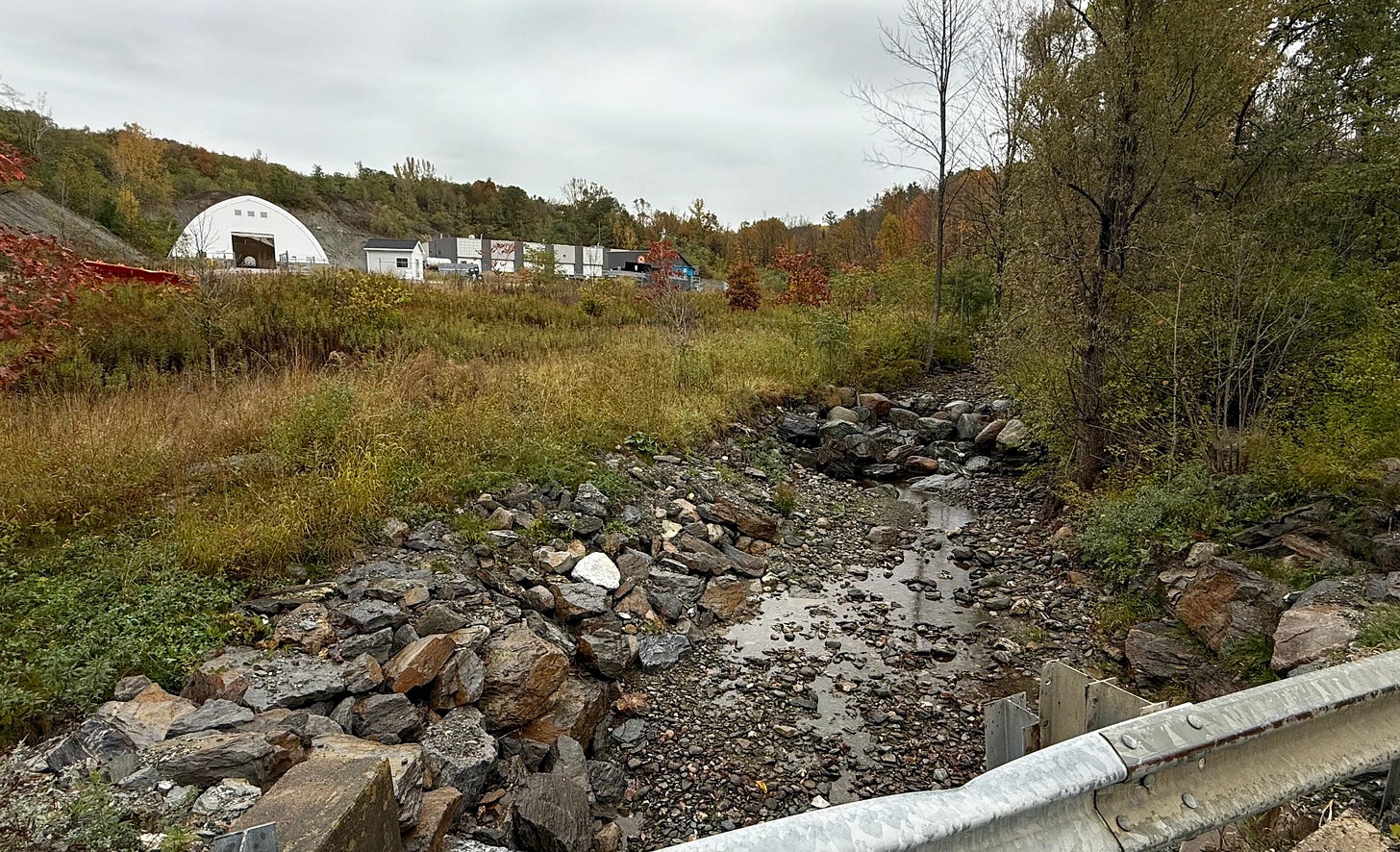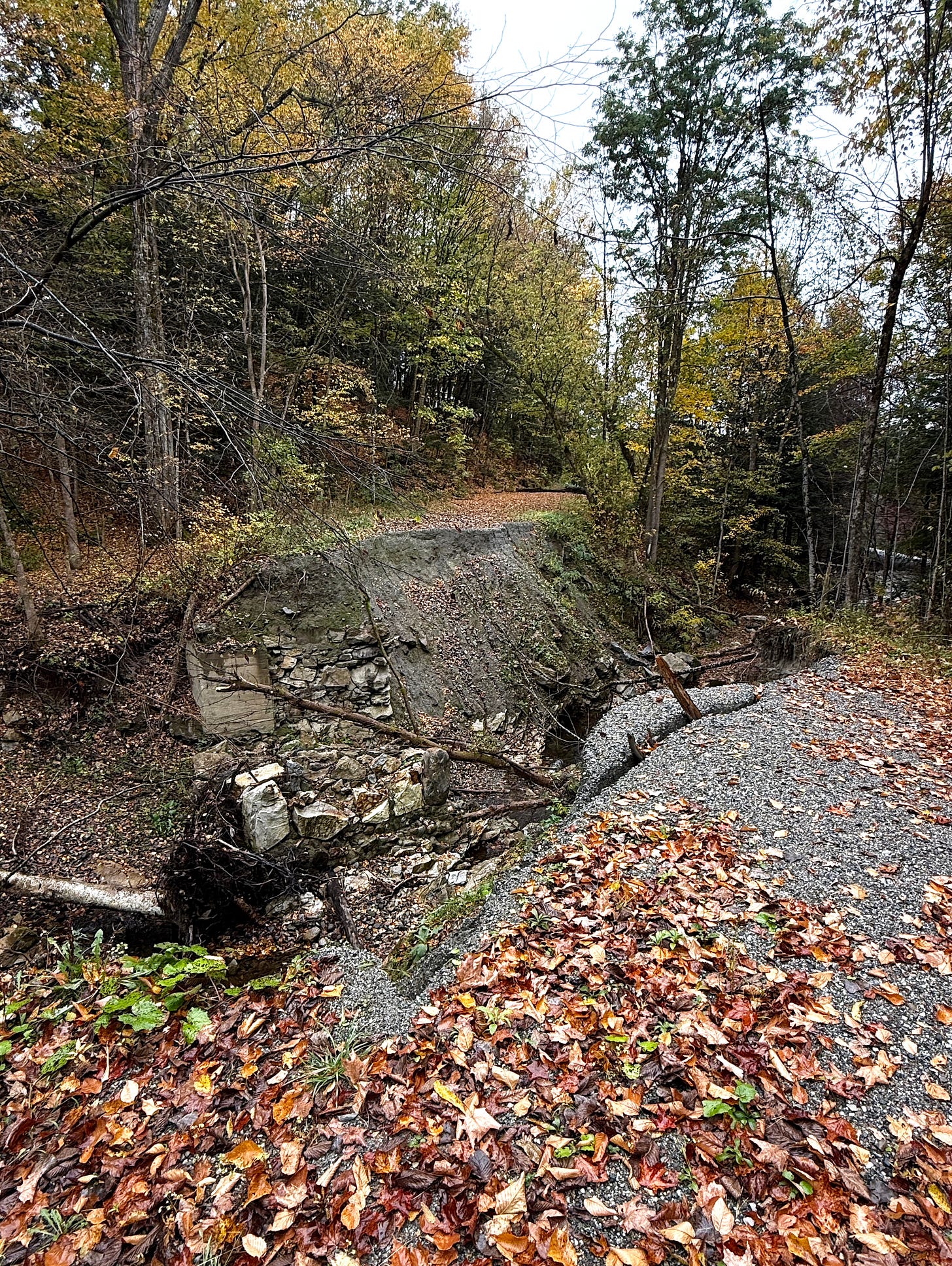Two Bond Issues Up for Vote on Nov. 4
The bond issues would fund Hinesburg's share of four major projects, but that doesn't mean the money will be spent, nor that costs would be borne by all the town's residents.
The Record Staff Report
On Tuesday, Nov. 4, you will have an opportunity to approve — or reject — two bond issue proposals on the ballot. Voting begins at the Town Hall at 7 a.m. and ends at 7 p.m. Absentee ballots are available at the Town Clerk’s office. Detailed documents about the bond issues are below.
The two bond proposals are complicated, but as Town Manager Todd Odit told the selectboard last month, “This is an authorization to borrow up to that amount, it’s not a requirement to borrow that amount.” He said that if federal funding support does not come through, the town could choose to not move forward.
The selectboard has expressed support for the bond issues. As selectboard member Paul Lamberson put it: “These are the steps we need to take right now to proceed with anything,” regardless of how much of the work they choose to do. He added, “We won’t have these options if we don’t proceed with this [bond resolution] now.”
Only a handful of Hinesburg residents turned out for the Oct. 15 informational meeting on the bonds. Here is Town Manager Todd Odit’s visual presentation of the bond for the bridge projects:
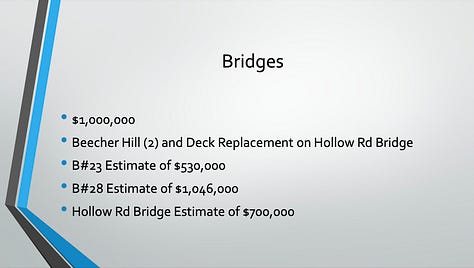
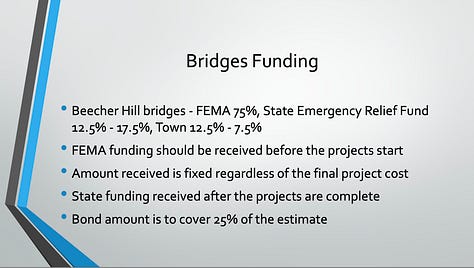
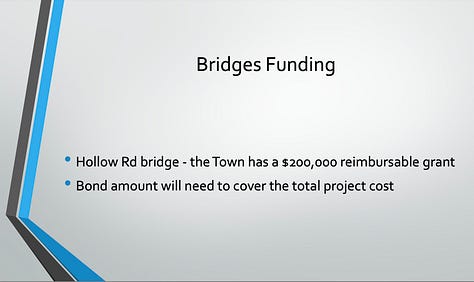
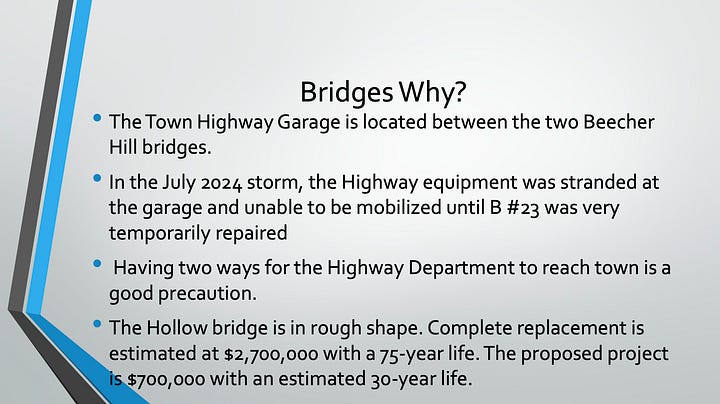
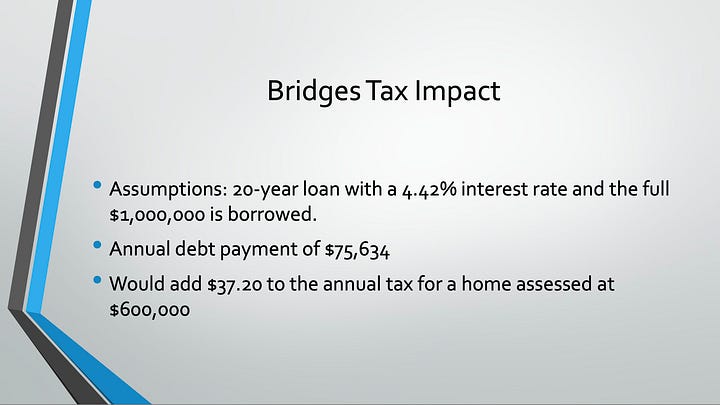
The bridge/culvert bond issue would authorize up to $1 million to be borrowed for the town’s share of three projects:
The Hollow Road bridge is badly need of repair from natural deterioration. The project as recommended would make repairs estimated to cost $700,000 and would last 30 years. The town has received a $200,000 state grant to offset the cost.
Two bridges on Beecher Hill Road that were washed out in the flooding in July 2024 – one on the North Road side near the entrance to the Town Garage and the other on the Route 116 side.
The bridge near the entrance of the Town Garage was given temporary repairs after the flooding, but it is vulnerable in the event of another flood.
The other bridge was blocked off because it is now a 25-foot gulley and stream. Selectboard vice chair Maggie Gordon questioned why that section of road could not be permanently closed given the few homes on the road. Odit said that in the event of another flood, if the bridge at the Town Garage entrance were lost again, the town trucks would not be able to get out.
Both Beecher Street bridges are eligible for 75 percent FEMA disaster relief funding. The bond would cover the town’s estimated share of the project — 25 percent. However, once the projects were completed, the town would be eligible for an additional 12.5 to 17.5 percent reimbursement from the state’s Emergency Relief Assistance Fund. The town’s share would total $115,200 if the FEMA and state moneys are realized. Odit cannot say whether FEMA will actually come through with the money, but the federal funds would have to be in hand for both bridge projects to move forward, he said.
Here’s what Odit presented at the Oct. 15 operational meeting:
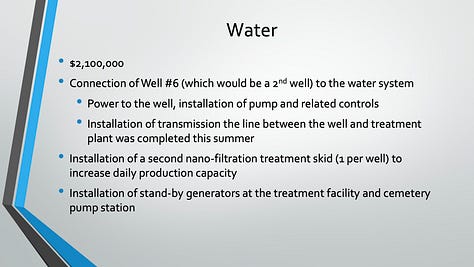
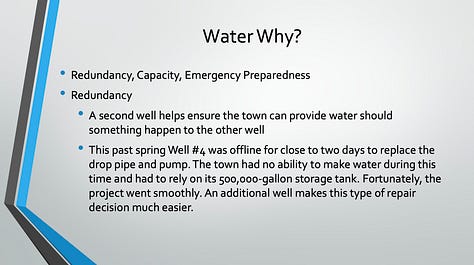
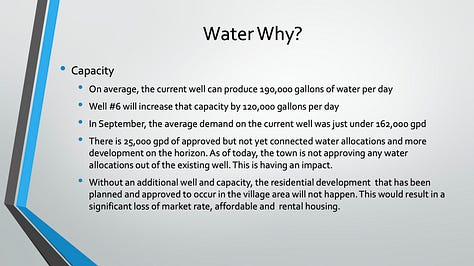
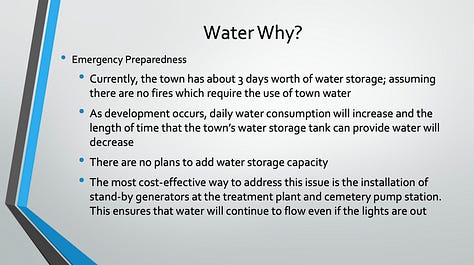
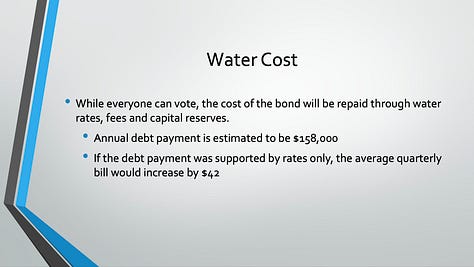
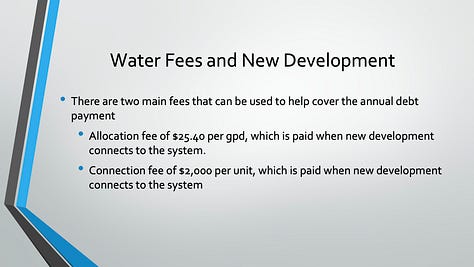
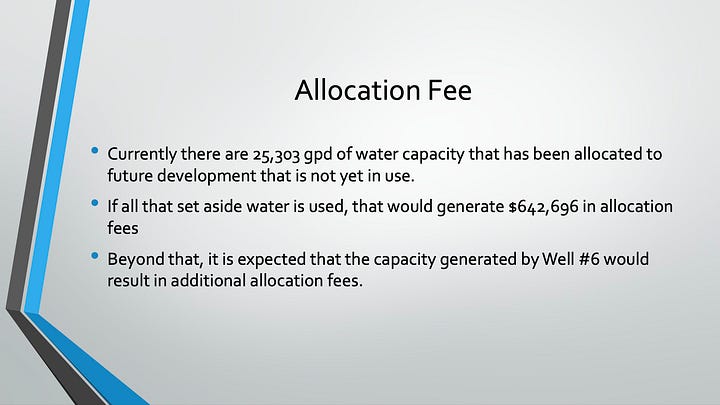
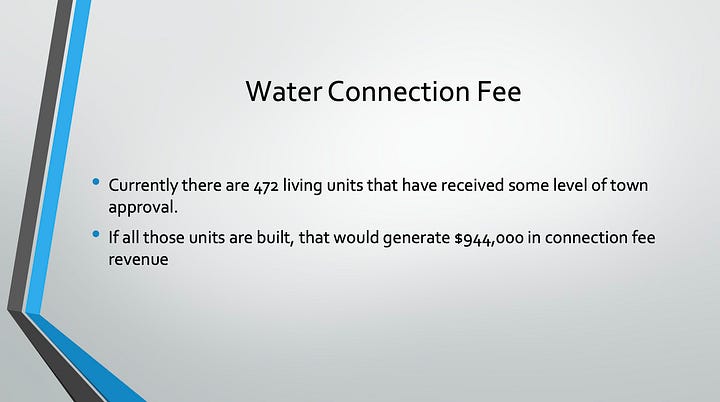
The other bond is for up to $2.1 million in borrowing for the Well #6 Project which includes laying a three-phase electric line from Route 116 to the well on the west side of the Haystack Crossing development to power the pump, to install the water transmission pipe from the well to the town water treatment facility and to install a generator backup system in the event of power failure.
Well #6 — drilled by the developers of Haystack Crossing and given to the town — was originally planned to serve the water needs of future development by adding 120,000 gallons of available daily water to the town’s existing output of 160,000 gallons. However, since Well #5 is no longer usable as a back-up, Well #6 would also serve as a backup for daily water delivery.
Operating with just Well #4 the town has issued a ban on new any new development applications until the water situation is resolved.
Odit said the town is waiting for cost estimates from Green Mountain Power for installation of the three-phase power needed for the pump. The route they will take is under Route 116 from the Riggs Road back to the well. He mentioned possibly coordinating excavation with other current projects. The cost of the conduit installation is included in the bond total.
In his explanation document (see below) to the board, Odit wrote:
“While all voters can vote on the Well #6 bond, only users of the system will be responsible for paying the annual debt service. A 20-year estimated repayment schedule with an interest rate of 4.42 percent results in annual debt payments of $158,000 per year [starting in 2027]. A mix of fees charged to new development and rates charged to users of the system will be used to pay the annual debt service,.
“For example, new development has to pay a connection fee of $2,000 per living unit and an allocation fee of $25,40 per gallon per day of water allocated to each unit. At this time there are 472 units that have received some level of approval by the town that have not been constructed yet. Assuming all those units are built, that equates to $944,000 in expected connection fee revenue. The allocation fee could also generate $1,000,000 or more in revenue.”


